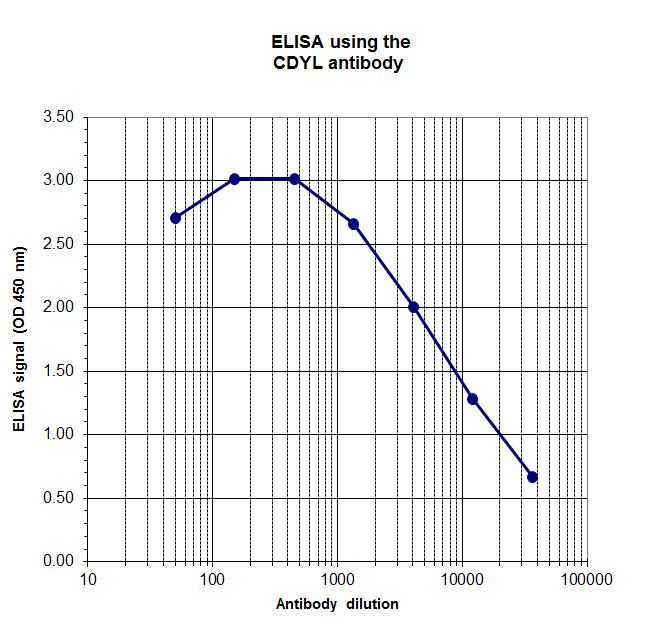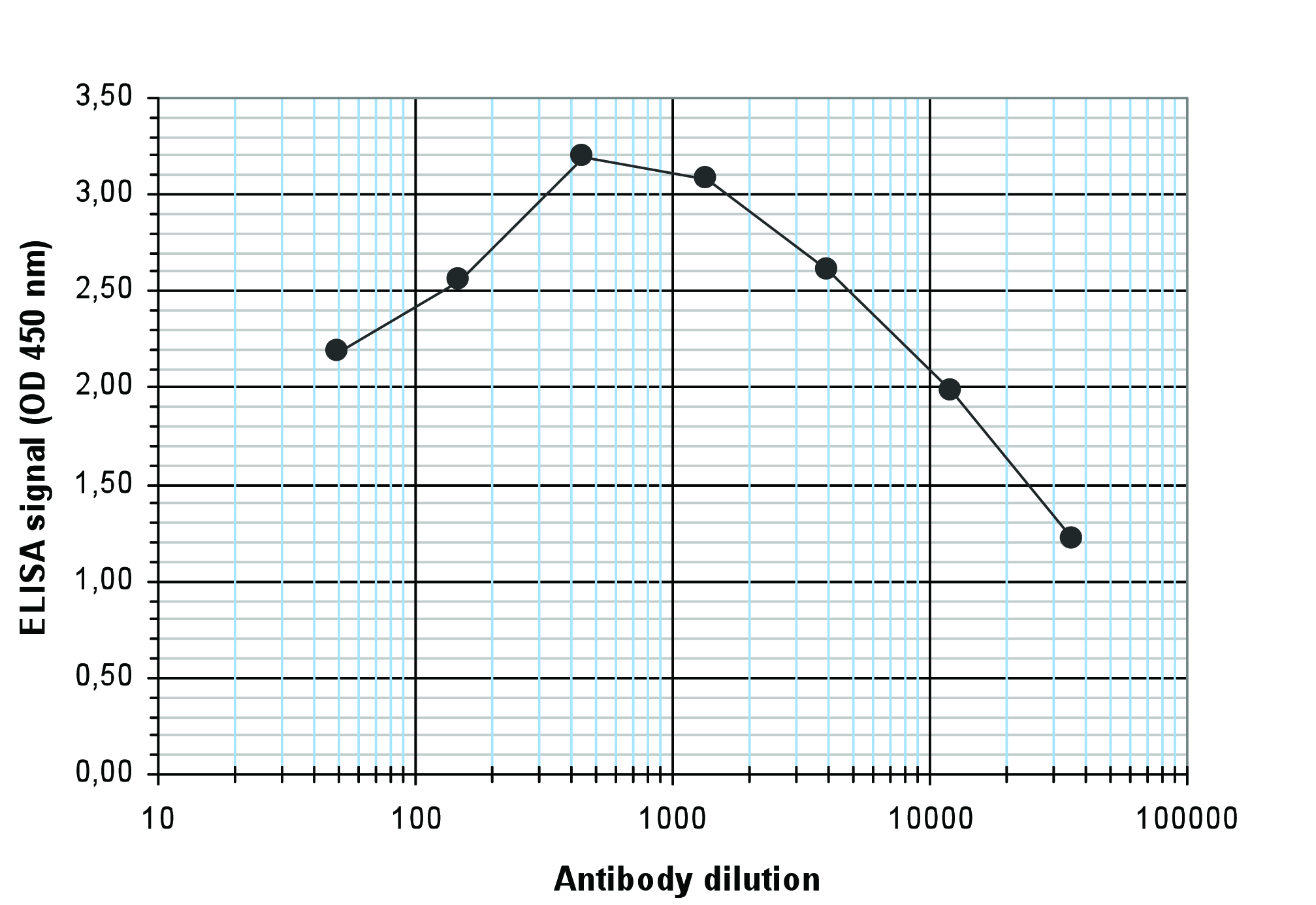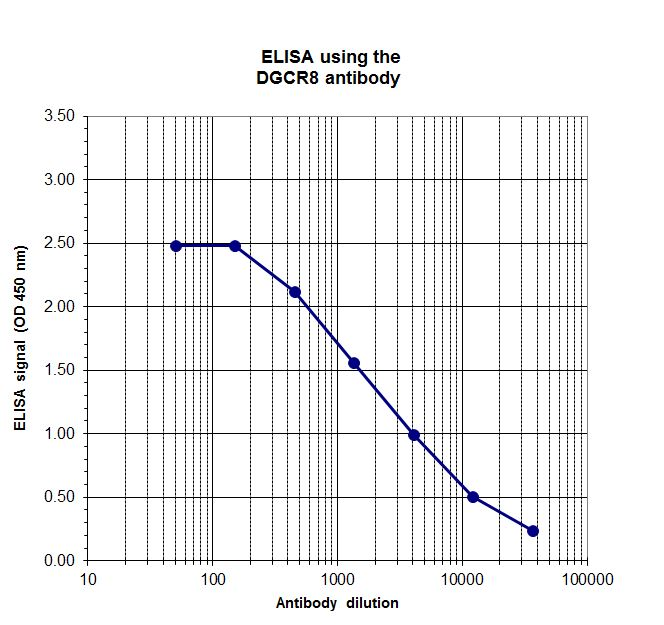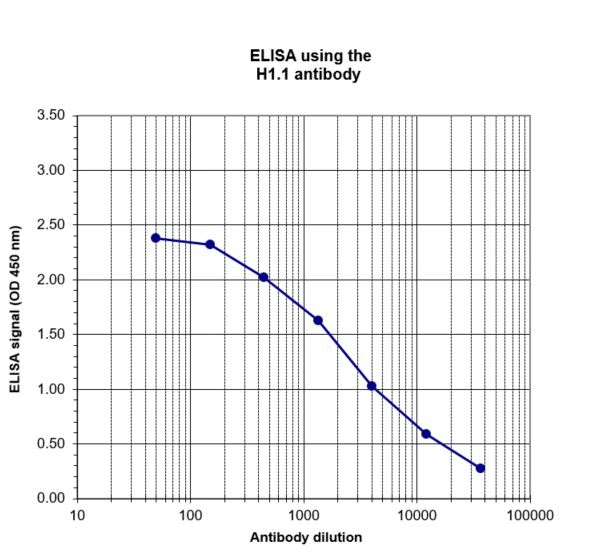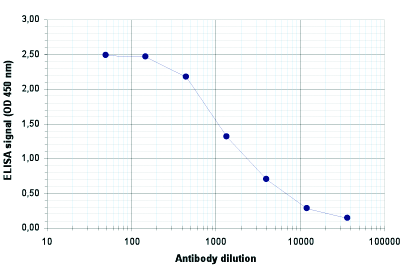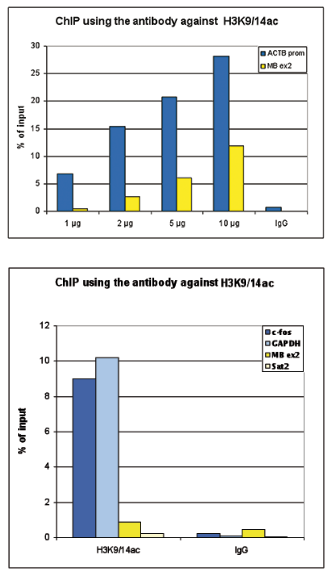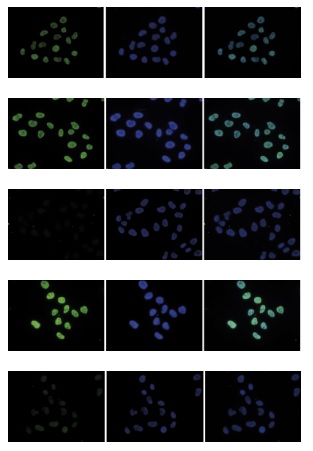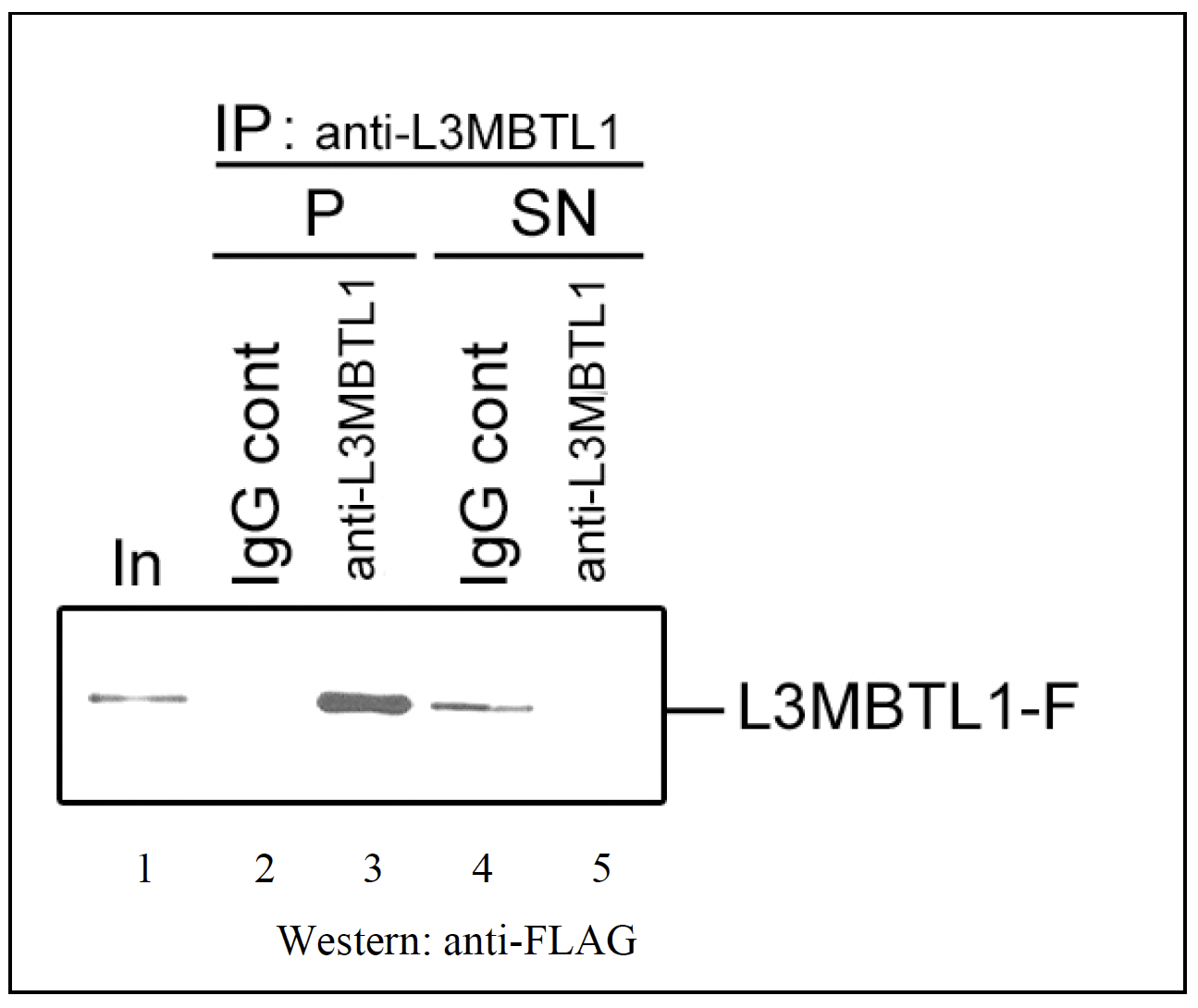
Antibodies
We offer one of the most comprehensive portfolios of antibodies. This includes monoclonal and polyclonal primary, secondary, conjugated, phospho-specific, functional, (isotype) controls, tagged and antibody pairs. In addition, we offer custom antibody services from several manufacturers.
The antibodies are generated in various hosts and react to antigens of different species like human, mouse, rat, rabbit or zebrafish. The antibodies are validated for multiple applications, including immunohistochemistry, western blot, immunoprecipitation, ELISA and flow cytometry, to ensure reliable performance for your research needs.
If you need a specific antibody and can’t find it in our webshop, please contact our technical support.
Discover what our customers say about us by reading their reviews.

- SizePrice

- SizePrice

- SizePrice

- SizePrice

- SizePrice

- SizePrice

- SizePrice

- SizePrice

- SizePrice

- SizePrice

- SizePrice

- SizePrice
Didn't find what you were looking for?
Search through our product groups to find the right product
Back to overview
